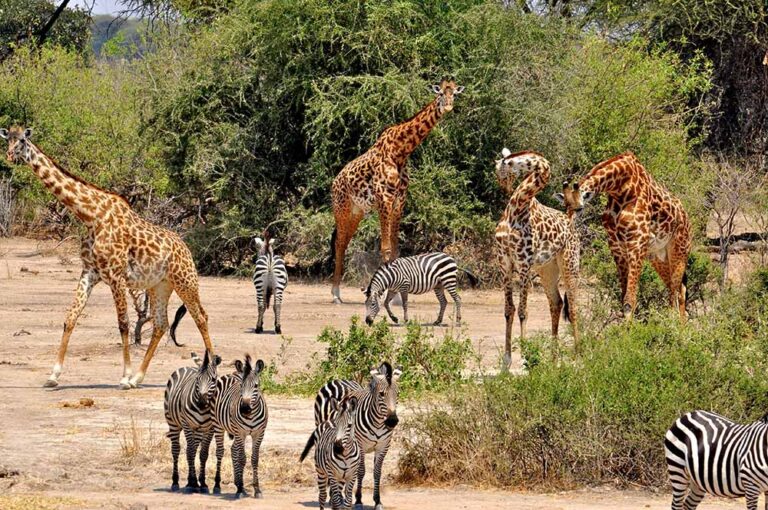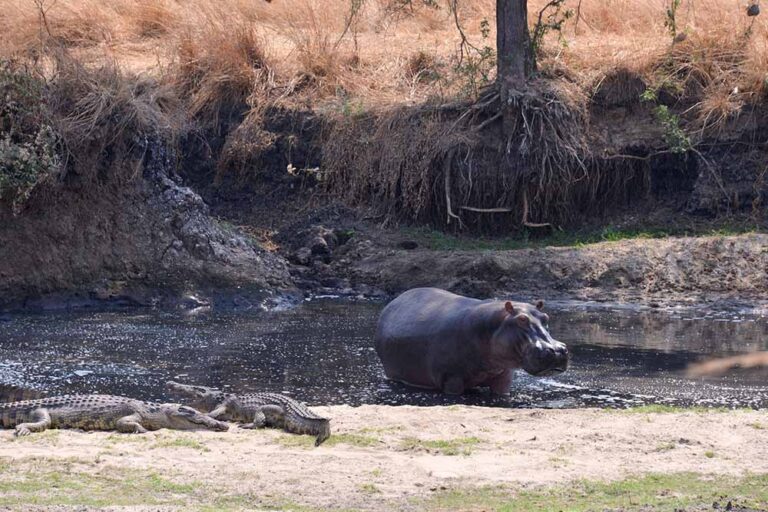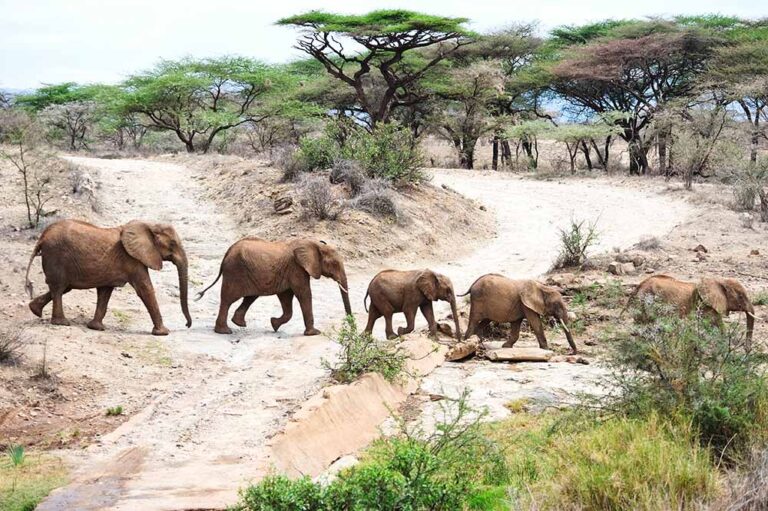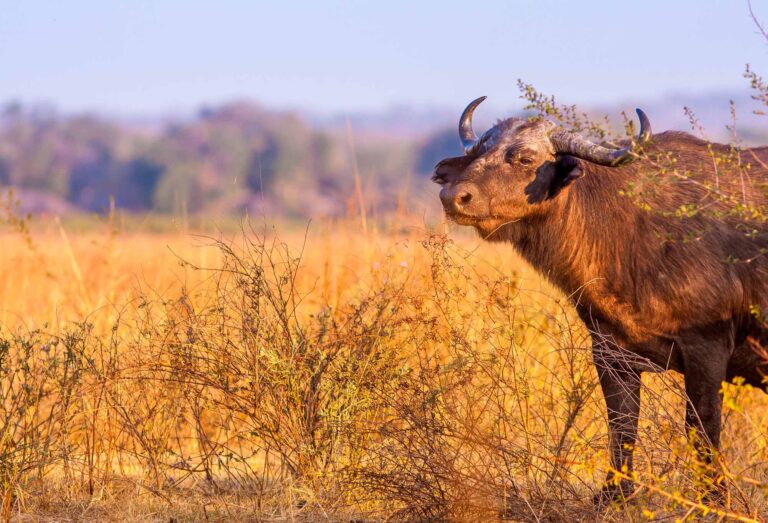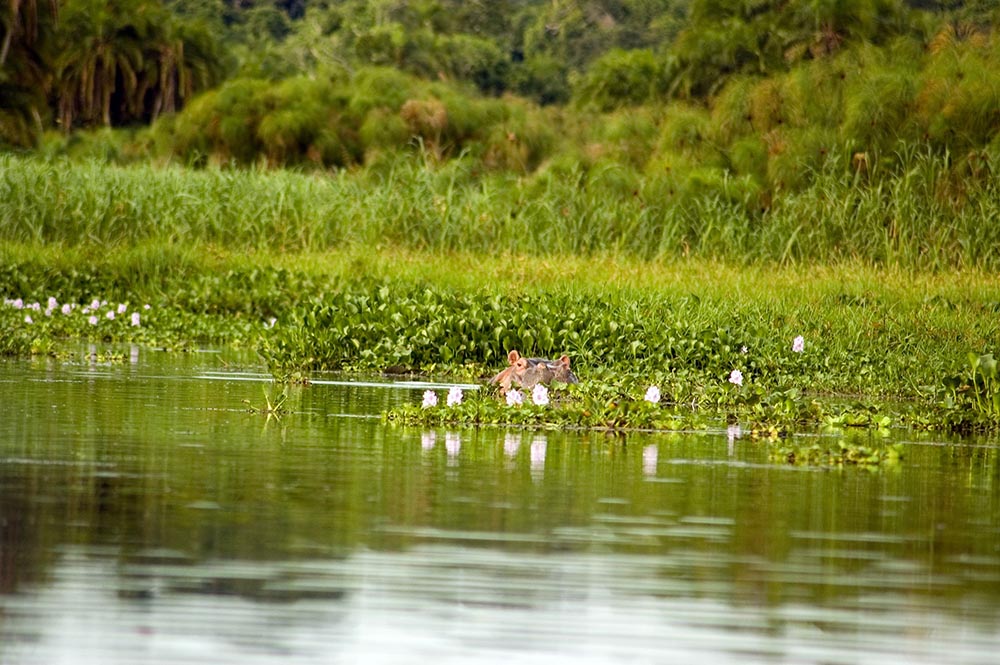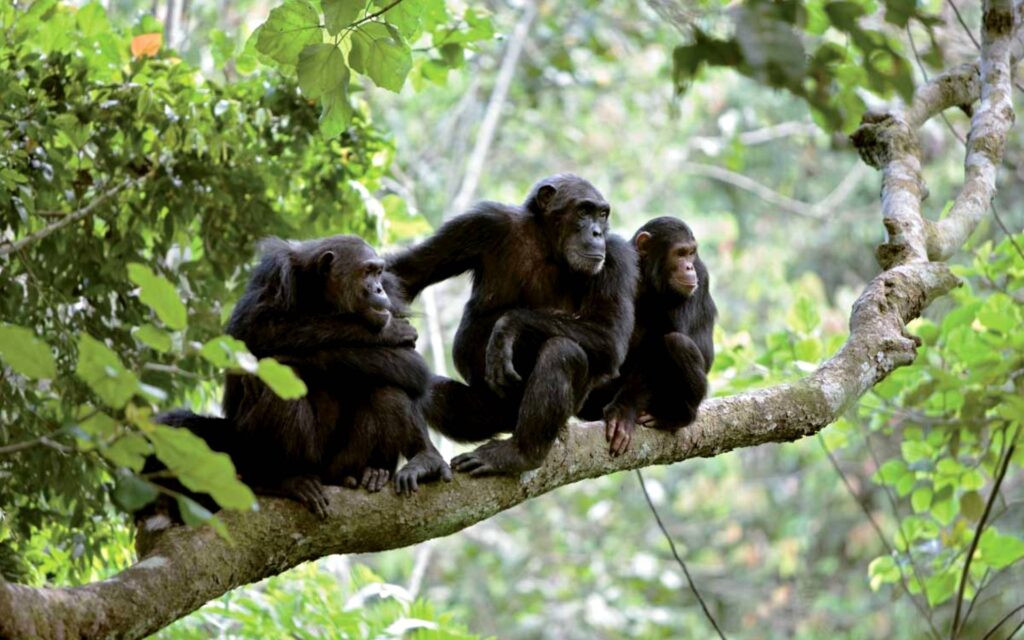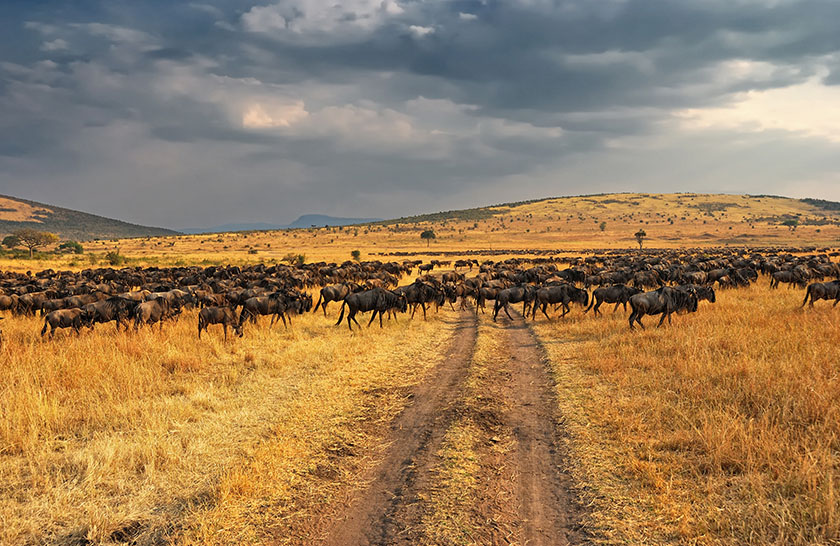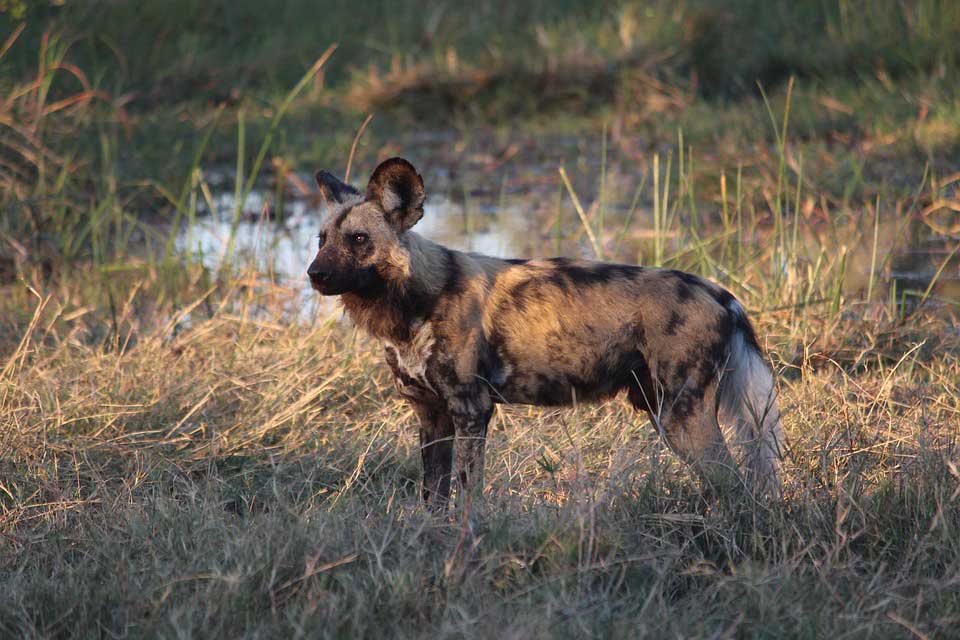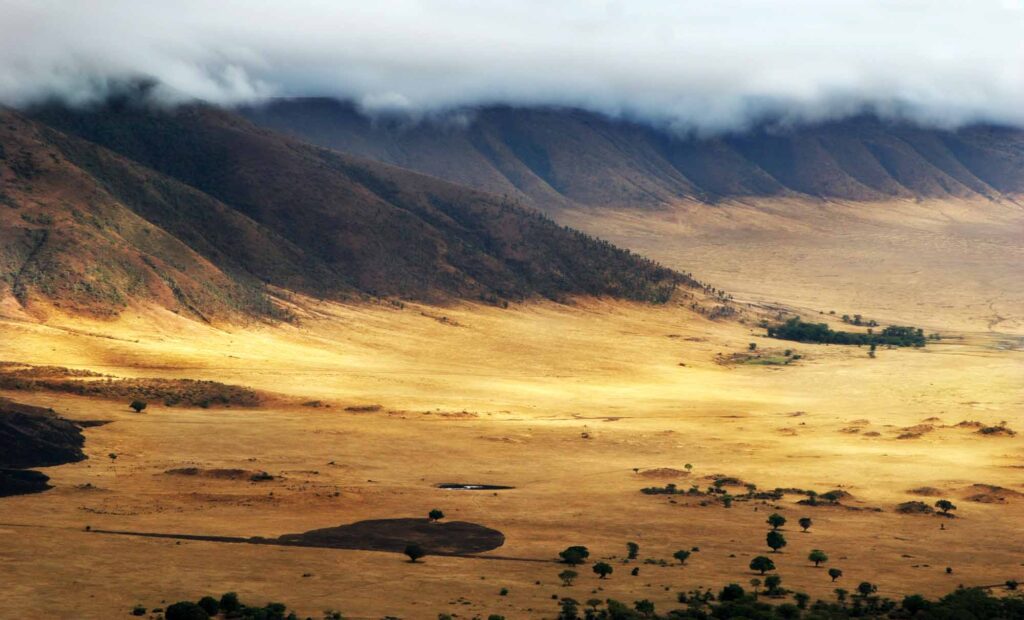Katavi National Park
Overview
Tucked away in the far west of Tanzania, Katavi National Park is one of the country’s last true wilderness frontiers—remote, raw, and wildly rewarding. Spanning over 4,400 square kilometers, it’s Tanzania’s third-largest national park but one of its least visited, making it a dream destination for safari purists seeking solitude and authenticity. Katavi remains untouched by mass tourism and offers an experience reminiscent of the African safaris of a century ago, with vast open plains, dramatic wildlife interactions, and virtually no crowds.
The park centers around the Katuma River and its seasonal floodplains, including Lake Katavi and Lake Chada, which transform from green wetlands in the rainy season to life-sustaining waterholes in the dry. During the dry months, these remaining pools draw enormous concentrations of wildlife, especially buffalo, elephants, and the highest density of hippos and crocodiles in East Africa. Lions, hyenas, and leopards follow closely behind, creating raw and powerful predator-prey encounters in a setting that feels truly wild.

Park Highlights
Wild and remote: Katavi offers one of the most isolated safari experiences in Africa—perfect for travelers who want true wilderness.
Buffalo herds: Encounter herds of up to 1,000 Cape buffalo roaming the plains, often facing off with lion prides.
Hippo spectacles: In the dry season, hundreds of hippos crowd shrinking pools, creating intense territorial battles and unforgettable scenes.
Diverse birdlife: Over 400 bird species, including fish eagles, storks, spoonbills, and parrots—especially abundant around the Katuma River.
Untouched beauty: Endless miombo woodlands, grasslands, and palm-fringed rivers form a stunning and untamed landscape.
Low visitor numbers: Unlike Serengeti or Ngorongoro, you may not see another vehicle for days—your safari is private by nature.
Activities in Katavi
- Game drives: Explore the plains, floodplains, and woodlands in open vehicles—offering top-tier predator sightings and huge herbivore herds.
- Walking safaris: Experience the bush on foot with an armed ranger and skilled guide—perfect for tracking and photography.
- Birdwatching: Especially rewarding from November to April when migratory birds join the resident population.
- Fly-camping: Sleep under the stars in lightweight tents set deep in the bush—an adventure few places in Africa still offer.
- Photographic safaris: With low tourist traffic and raw encounters, Katavi is a paradise for wildlife and landscape photographers.
Best Time to Visit
Katavi’s wildlife viewing is dictated by its extreme seasonal changes:
June to October (Dry Season): This is the best time to visit. As water becomes scarce, animals gather in huge numbers around the remaining pools. Hippos and crocodiles concentrate, and predators become more active.
November to April (Green Season): The park transforms into a lush wetland with fewer visitors, ideal for birding. However, game viewing can be more challenging due to thicker vegetation and wildlife dispersion.
May: Roads begin to dry, and the park reopens after heavy rains—an excellent transitional month with fewer crowds.


